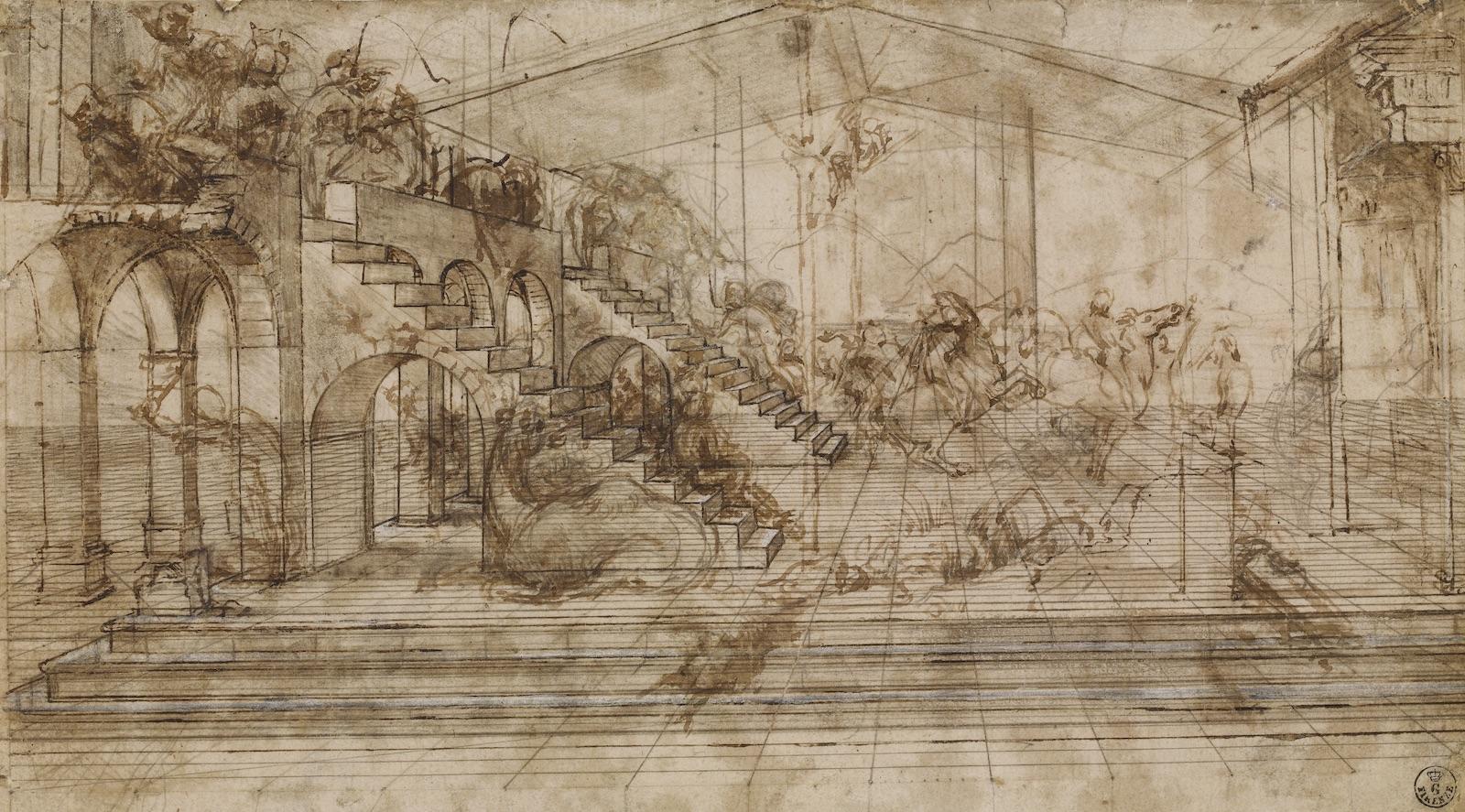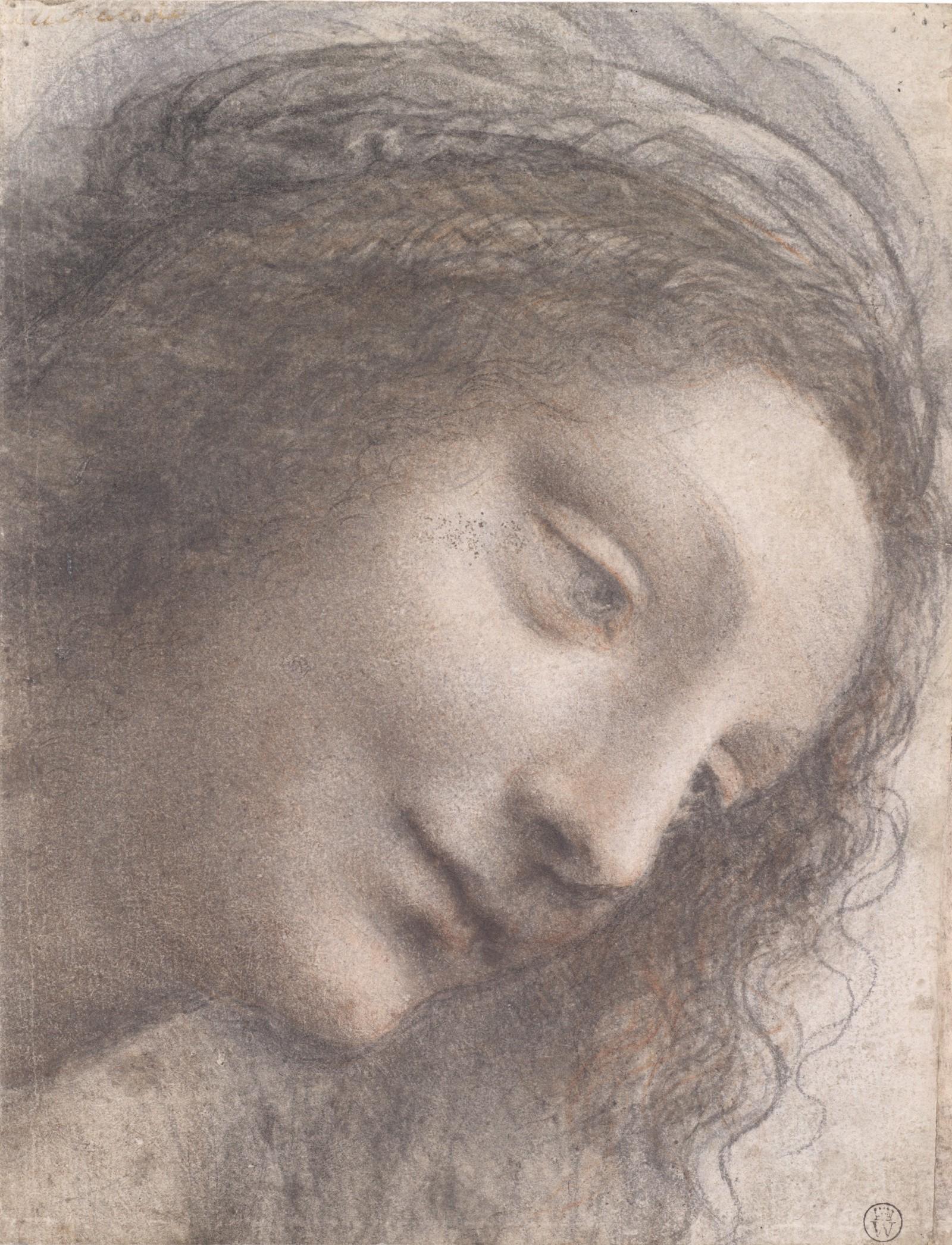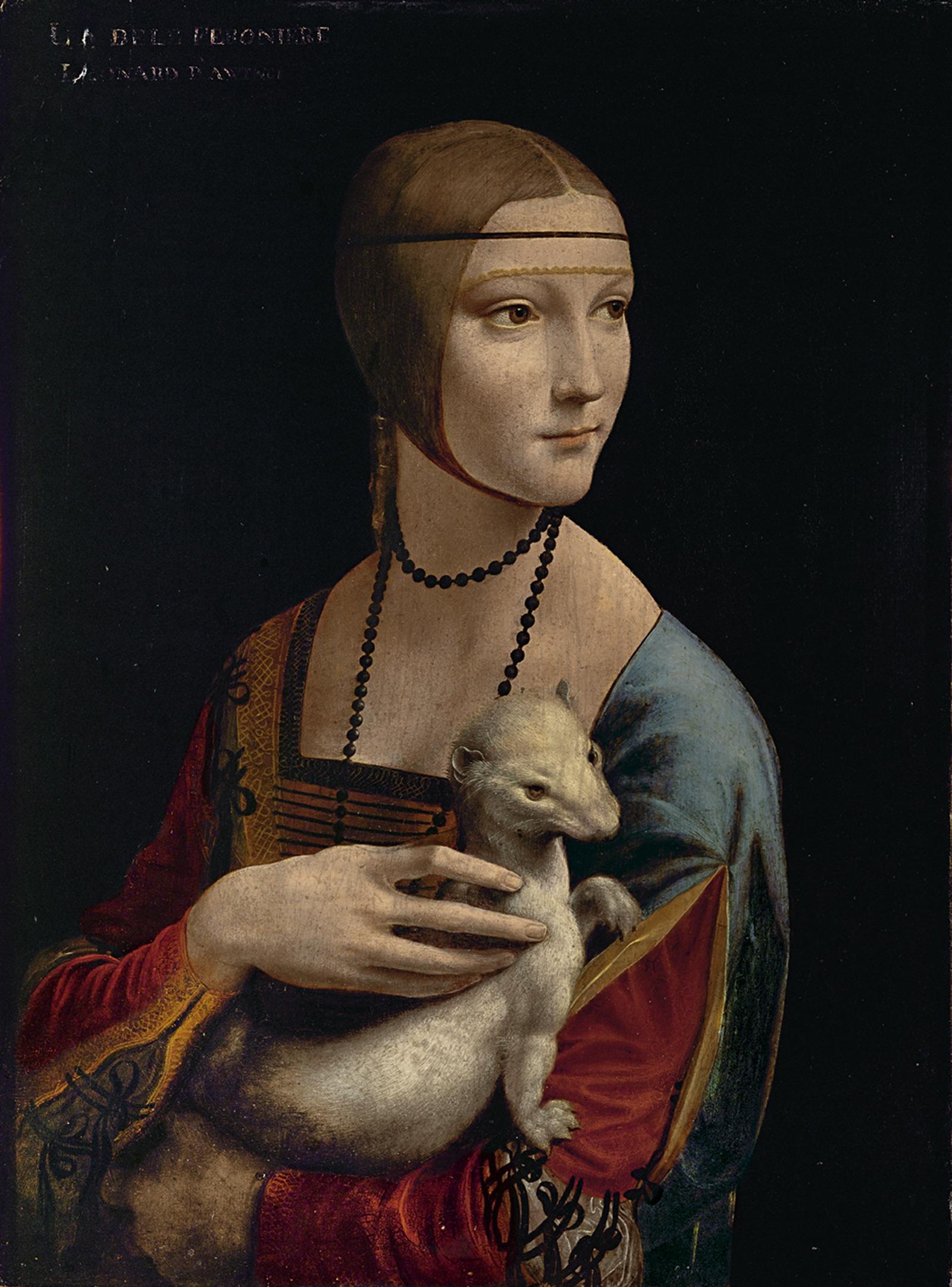As this year marks the quincentennial of Leonardo da Vinci's death, there has been no shortage of books, exhibits, and documentaries celebrating the life and times of Renaissance Italy's greatest polymath. The anniversary of course comes on the heels of Christie's 2017 $450 million Salvator Mundi mega-sale. The sale, which remains the largest ever for a painting, and the subsequent doubts about the painting's authenticity, have generated mass public interest.
While it is never a bad thing for the general population to take an interest in high culture, this serge in da Vinci interest does have the unfortunate consequence in that enterprising individuals flood the market with kitsch Leonardo goods and poorly researched popular biographies that caricature and cloud the public's understanding of the real da Vinci. It is for this reason that a new study of da Vinci's life and works by Dr. Carmen C. Bambach is so important. In a world of da Vinci biographical sketches, Bambach's four-volume tome, Leonardo Da Vinci Rediscovered, is a masterpiece.































